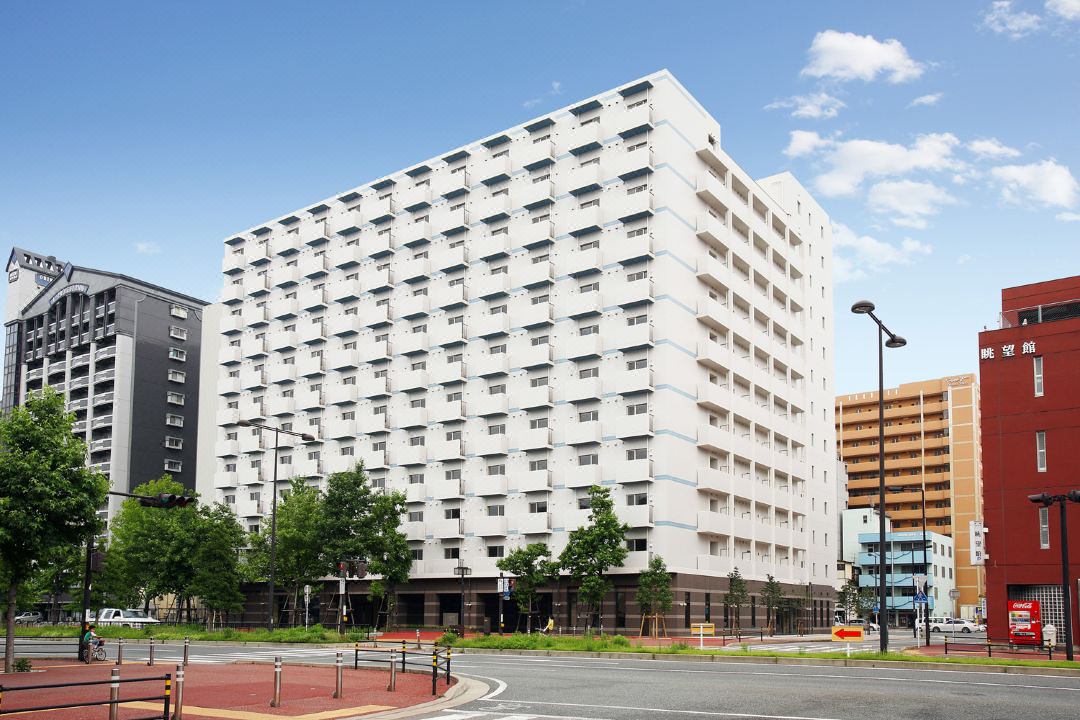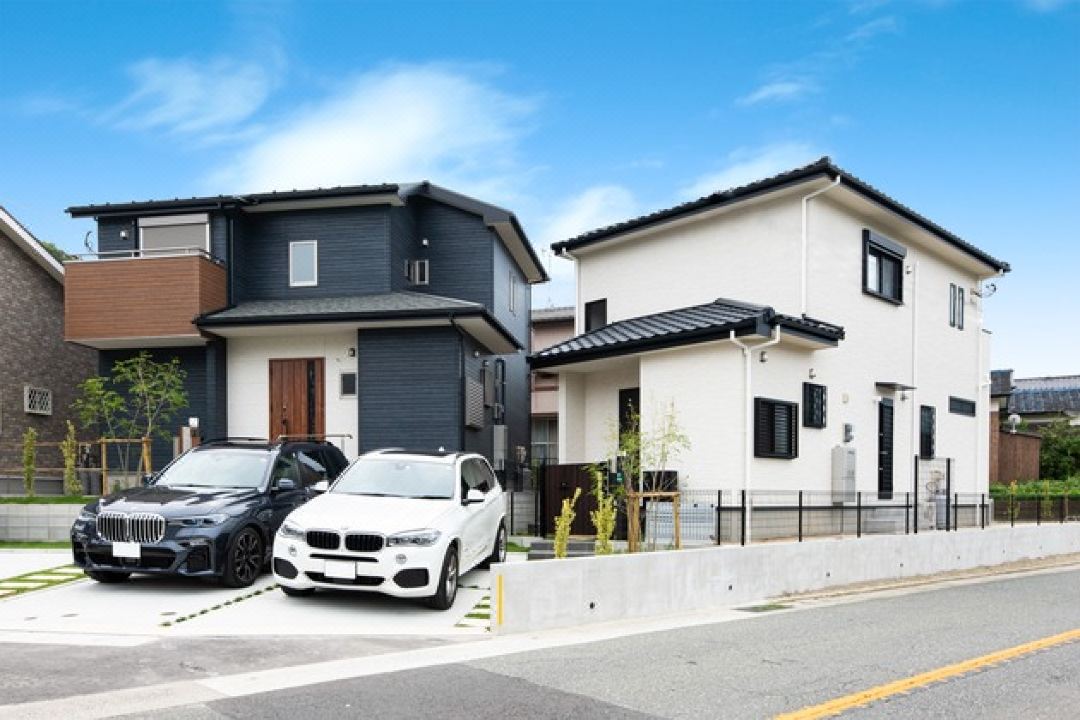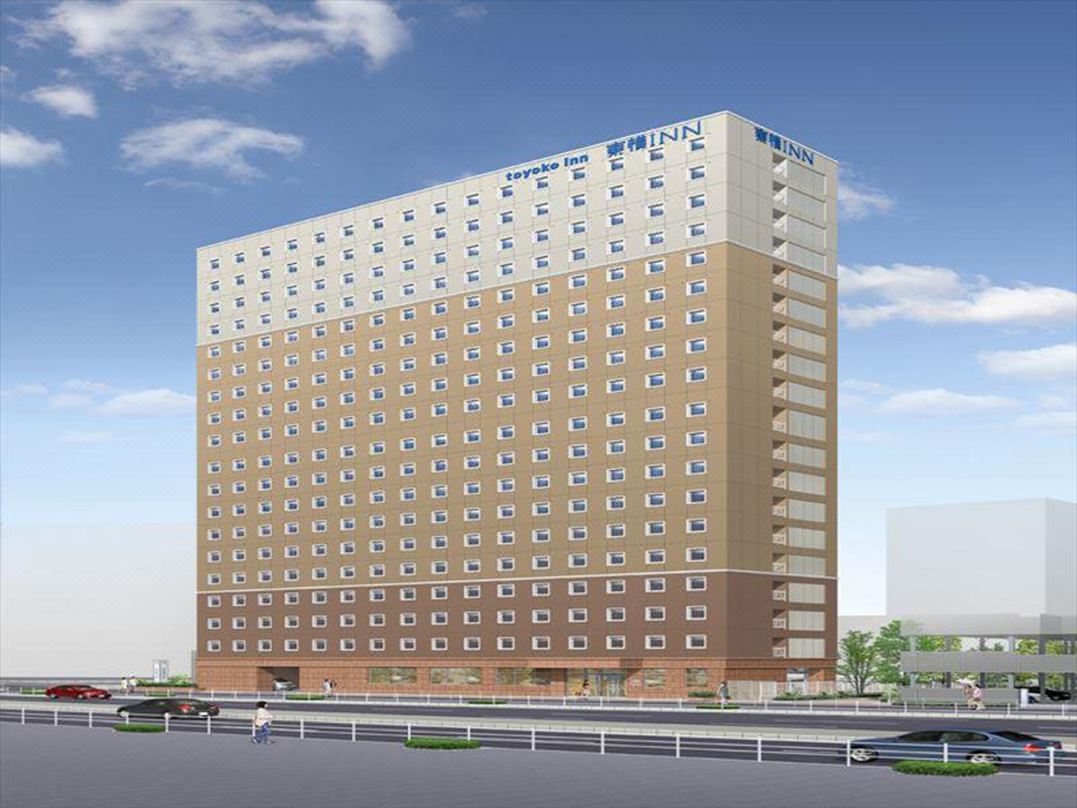Fukuoka in Autumn 2025: Top 10 Fall Foliage Destinations

Discover 10 famous autumn foliage spots around Fukuoka: the beautiful Rakusuien Garden, Maizuru Park, the Akizuki Castle Ruins, Kokura Castle, and more.
Relish the Fall Colors in Fukuoka

2025 fall foliage map based on information from Weathernews
Located in northern Kyushu, Fukuoka is famous for its beautiful nature, friendly people, and a variety of delicious cuisine.
The autumn foliage in Fukuoka can be enjoyed from early November to late November (it can last up to early December, depending on location). Be aware that the season may vary slightly depending on the yearly climate and location.
Read on to learn 10 famous fall foliage locations in Fukuoka, from gardens and parks that are easy to access to splendid remote locations.
Fukuoka's Best Autumn Foliage Spots
1. Maizuru Park
2. Yusentei Park
3. Raizan Sennyoji Daihioin Temple
4. Akizuki Castle
5. Kamado Shrine
6. Kokura Castle
7. Hikosan Shrine
8. Shiranoe Botanical Park
9. Komyozenji Temple (Dazaifu)
10. Rakusuien Garden (Fukuoka City)
1. Maizuru Park: Easy to Access from Hakata

Photo by Pixta
Maizuru Park is centered around the ruins of Fukuoka Castle. Built during the Edo era, Fukuoka Castle still retains its stone walls and yagura (*1) towers, reminding visitors of its long history. The castle is open to the public as a park area and is a place where residents relax and refresh themselves.
Though the castle is famous for its cherry trees, in autumn the gingko trees change color, turning the area into a great spot for viewing the leaves.

Picture courtesy of Fukuoka City
In the neighboring Ohori Park, you can also see fall foliage in the Japanese garden. Easily accessible from the central area of Hakata via a ten-minute subway ride, visitors can readily drop by as they please.
*1: Yagura towers are command centers and watch posts that were built atop castles.
Annual Fall Foliage Season
Visitors can see the leaves from early November to late November.
Hotels near Maizuru Park
2. Yusentei Park: Beautiful Japanese Gardens

Photo by Pixta
Yusentei Park is a Japanese garden open to the public, formerly a villa owned by the lord who ruled this domain (*2). The park is filled with all the charms of a Japanese garden, including a large pond, a teahouse, and a cascading waterfall.
*2: These domains were governed by feudal lords in Edo times, and the lords of these domains were known as hanshu.

Picture courtesy of Fukuoka City
The view from inside the great hall that faces out onto the pond is stunning. The leaves are reflected in the water, making you feel as though you’re being beckoned into another world.
Annual Fall Foliage Season
Visitors can see the leaves typically from mid-November to mid-December.
3. A 400-Year-Old Maple Tree! Raizan Sennyoji Daihioin Temple

Photo by Pixta
Designated as a natural monument, the Buddhist temple Raizan Sennyoji Daihioin is a well-known spot for foliage. The temple is around 1,300 years old, and visitors can take in the sight of giant maple tree that is four centuries old and more than 200 Japanese maple trees in stunning crimson and golden colors in the fall.
Located behind Raizan Sennyoji Daihioin Temple, Shinji Park has fragrant sandalwood trees, natural monuments, and more fall foliage for visitors to enjoy.
Between November 1 and November 30, you can enter the grounds for just 100 yen to see the leaves. Pay 400 yen for entry into the main shrine, where you can see structures designated as Important Cultural Properties of Japan.
Annual Fall Foliage Season
You can enjoy the foliage from early November to mid-November
4. Akizuki Castle: Fall Colors and Castle Town in the Mountains

Photo by Pixta
Akizuki, or Chikuzen (*3), is famous for its historic castle town. It is also referred to as Little Kyoto. Akizuki is at an elevation of 860 meters and is located in a basin surrounded by mountains on three sides. The castle itself no longer exists, but the stone walls, gates, and other features remain intact.
Among those, the Akizuki Castle black gate is famous as a spot for viewing the fall foliage. The contrast between the scarlet leaves and black gate is very beautiful, and many spectators gather to see the sight.
*3: Chikuzen is an old name for the Fukuoka area.
Annual Fall Foliage Season
Visitors can see the leaves between late November and early December.
5. Kamado Shrine

Picture courtesy of Kamado Shrine
Kamado Shrine is at the foot of Mt. Homan, a mountain venerated as a home of gods. The shrine is known for attracting visitors wanting to deepen and improve their relationships. During the fall foliage season, roughly 300 trees of different species, such as ginkgo and maple, change colors.
Under the fall foliage tunnel, a road leading to the shrine that transforms during autumn, you can enjoy the gradation of red leaves as far as the eye can see. The beauty of the shrine road, coated by autumn leaves dancing down from the trees above, is unlike anything you've ever seen before.
At night, the shrine is lit up during the peak fall foliage season. The illumination period changes each year depending on the state of the leaves.
To arrive at Kamado Shrine, you’ll be making your way through Daizaifu Station. We suggest combining your visit to Kamado Shrine with a stop at Daizaifu Temmangu, one of Fukuoka’s most iconic representative shrines.
Annual Fall Foliage Season
Mid-November to early December
Hotels near Homangu Shrine Kamado Shrine Shimomiya
6. Visit Scenic Kokura Castle in Fall

Photo by Pixta
Kokura Castle is a prominent castle in the northern Kyushu area. First constructed in 1602, the current main keep (*4) was rebuilt in 1959. It has a distinct architectural style known as “karazukuri,” in which the fifth floor is bigger than the fourth. The castle is respected and a favorite of many people.
While it is well-known for its cherry trees in spring, Kokura Castle’s ginkgo trees also bloom beautifully in autumn. They are a must-see for travelers in southern Japan.
Annual Fall Foliage Season
Visitors can see the leaves between early November and late November.
Hotels near Kokura Castle
7. Mt. Hiko Shrine

Photo by Pixta
As the only sacred shugendo (*5) site in northern Kyushu, Mt. Hiko was an object of worship and is the location of a shrine. The grounds where Buddhist monks historically practiced ascetics remain intact to this day.
When autumn rolls in, the maple trees steadily change color, starting from the summit all the way down to the base of the mountain. As you walk down the road that leads to Mt. Hiko Shrine, you can leisurely enjoy the fall foliage.
You can also ride a monorail up to the shrine, so you can fully enjoy the quintessential Japanese landscape without overexerting yourself.
*3: Shugendo is an ancient school of Japanese asceticism. Adherents would train in the mountains in pursuit of enlightenment. Mountain ascetics are called yamabushi.
Annual Fall Foliage Season
Visitors can see the foliage from around early November to mid-November.
8. Shiranoe Botanical Park

Photo by Pixta
At Shiranoe Botanical Park, you can enjoy different plants with the changing seasons. From late November until early December, you can view trees with their leaves turning scarlet and gold all throughout the park.
Three spots stand out for viewing the fall foliage. These spots are the entrance plaza, the komorebi road (road of sunlight glistening through the trees) containing around 800 maple trees, and fallen leaves on the ground with giant Japanese maple trees towering above.
At the teahouse in the park, you can savor seasonal Japanese treats. The abundance of nature here will make you feel very relaxed.
Annual Fall Foliage Season
Visitors can see the fall colors between late November and early December.
9. Komyozenji Temple

Photo by PIXTA
Komyozenji Temple, located near Dazaifu Tenmangu Shrine, was founded during the mid-Kamakura period (1185-1333) and is renowned for its exquisite dry landscape garden.
The garden features beautiful landscaping complemented by lush green moss. In autumn, the striking contrast of colorful foliage against the serene dry landscape elevates it to one of Kyushu's premier dry landscape gardens.
Annual Fall Foliage Season
Early November to Late November
Address: 2-16-1 Dazaifu, Dazaifu City, Fukuoka Prefecture
10. Rakusuien Garden

Photo by PIXTA
Located about a 12-minute walk from Hakata Station, Rakusuien Garden features a pond-style landscape that invites visitors to stroll through its tranquil surroundings.
During the autumn foliage season, the garden is transformed into a vibrant tapestry of colorful leaves, offering a stunning collaboration with the koi swimming in the pond. Guests can relax in the adjoining tatami room while enjoying the brilliant autumn scenery.

Photo by PIXTA
In the garden's tea room, called Rakusuian, visitors can savor matcha and traditional Japanese sweets. There is also a wooden bridge within the garden that offers beautiful perspectives of the landscape.
Annual Fall Foliage Season
Mid-November to early December
FAQ
Which month is best for Fukuoka?
The best time to visit Fukuoka depends on your preferences, with each season offering unique experiences. Spring, from late March to early April, showcases cherry blossoms in full bloom, making it ideal for hanami. Summer brings hot and humid weather but vibrant cultural festivals like Hakata Gion Yamakasa in July. Autumn, from September to November, offers pleasant temperatures for outdoor exploration and the chance to enjoy fall foliage in parks. Winter, from December to February, is relatively mild, making it a good time to visit hot springs or experience winter illuminations. Consider your interests and weather preferences to choose the best month to visit Fukuoka for a memorable and enjoyable trip.
What is the season in Fukuoka in October?
In October, Fukuoka experiences the transition from late summer to autumn. The season in Fukuoka during October is typically characterized by cooler temperatures compared to the peak of summer, with an average high temperature ranging from around 22 to 25 degrees Celsius (71 to 77 degrees Fahrenheit) and cooler evenings.
During this time, the weather in Fukuoka is generally pleasant, making it a great month for outdoor activities such as exploring parks, gardens, and historical sites without the heat and humidity that is common in the summer months. October in Fukuoka also marks the beginning of the fall foliage season, with trees starting to change colors, particularly towards the end of the month.
Overall, October in Fukuoka offers a comfortable climate for sightseeing, enjoying outdoor events, and experiencing the start of the beautiful autumn colors that gradually transform the city's landscapes.
What month is best for fall leaves in Fukuoka?
The best time to witness the vibrant fall foliage, known as "koyo" in Japanese, in Fukuoka typically occurs from late November to early December. During this period, the leaves in and around Fukuoka transform into brilliant shades of red, orange, and yellow, creating a picturesque display across the city and its surrounding areas. Planning a visit during late November to early December ensures the opportunity to experience the stunning beauty of autumn leaves at their peak in Fukuoka.
Is it worth going Fukuoka in autumn?
Visiting Fukuoka in autumn promises a delightful experience with vibrant fall foliage enhancing the city's landscapes at locations like Nanzoin Temple and Yusentei Park. The mild weather, ranging from 15 to 25 degrees Celsius, creates an inviting environment for exploration and outdoor activities. Autumn festivals like the Hakata Light-up Walk and the Ohori Park Lantern Festival offer cultural immersion and entertainment opportunities. Fukuoka's renowned cuisine, featuring Hakata ramen, fresh seafood, and lively yatai scenes, invites food enthusiasts on a delectable culinary journey. With fewer crowds compared to peak seasons, autumn in Fukuoka ensures a relaxed and leisurely visit, allowing travelers to savor the city's attractions, cultural events, and local flavors in a pleasant and welcoming ambiance.
What to wear in Fukuoka during October?
When visiting Fukuoka in October, it's advisable to dress in light and breathable layers such as T-shirts, long-sleeve shirts, and lightweight sweaters to accommodate the transitioning weather from summer to autumn. Bringing a cardigan or light jacket is recommended for cooler mornings and evenings, while comfortable pants or jeans provide versatility for exploring the city. Opt for comfortable footwear suitable for walking, and consider accessories like a hat, sunglasses, and a scarf for sun protection during the day and added warmth as temperatures fluctuate. By dressing in light layers and practical clothing choices, visitors can stay comfortable and adaptable while enjoying the sights and experiences Fukuoka has to offer during the autumn season.
Enjoy the Fall Scenery in Fukuoka
Fukuoka has plenty of wonderful spots to take in the fall foliage. If you’re visiting Fukuoka in autumn, why not take advantage of all the autumn-only sights that the prefecture has to offer?
Read also
Main imag by Pixta
This is the official account of MATCHA's editorial department. Our articles feature useful travel information for visitors to Japan, from how-to guides to recommended places to visit.


























































![[2026] A walking map of famous plum blossom spots in Osaka!](https://resources.matcha-jp.com/resize/720x2000/2025/12/22-253767.webp)

